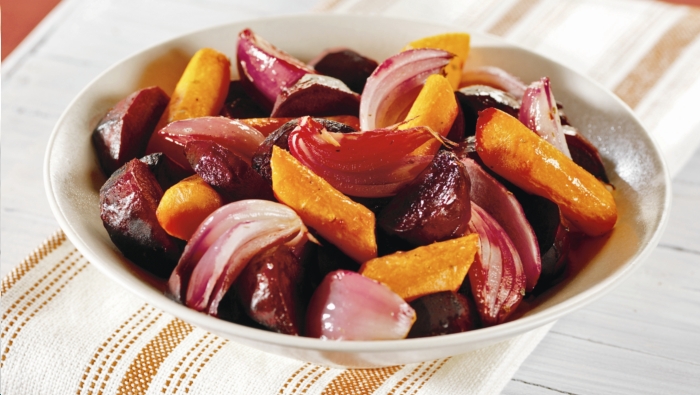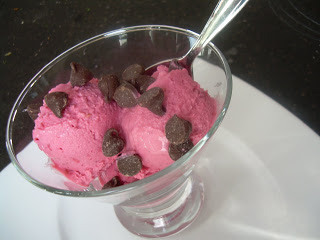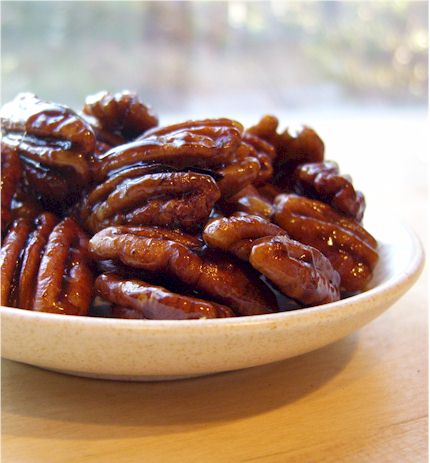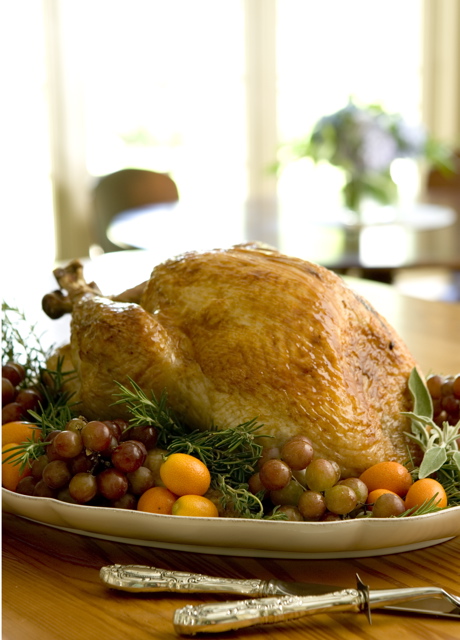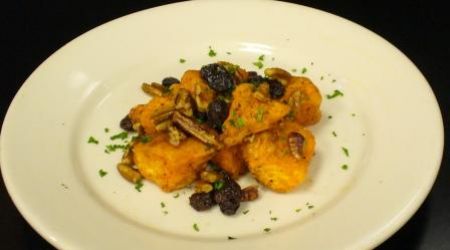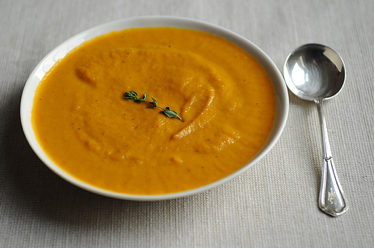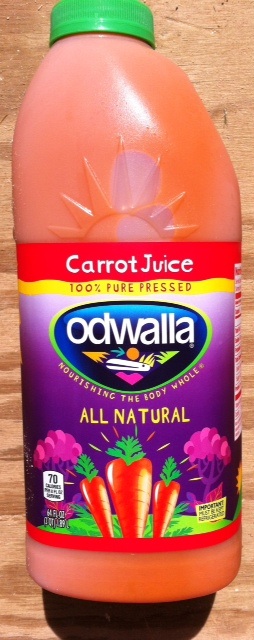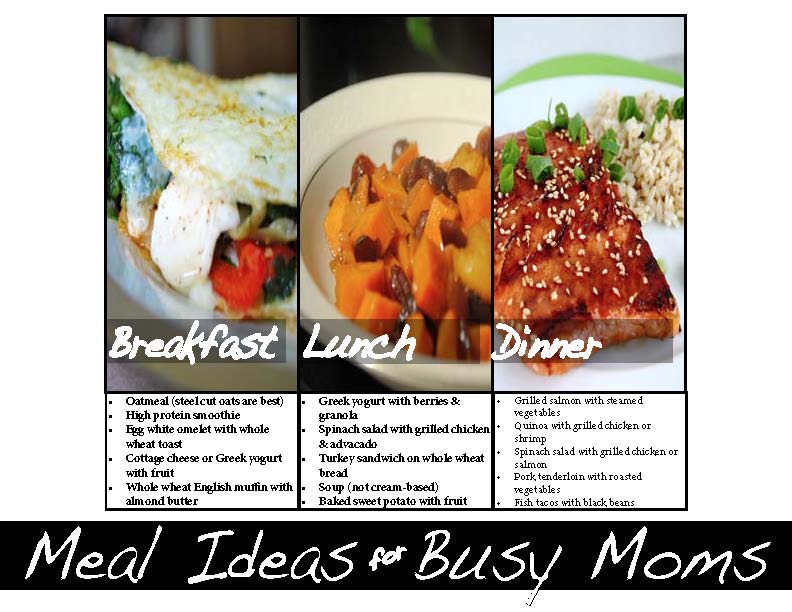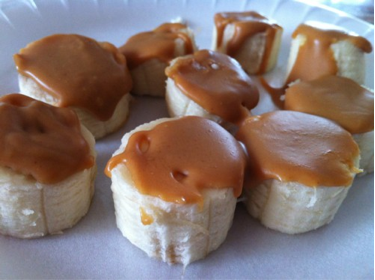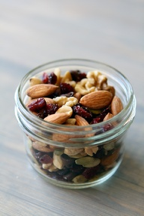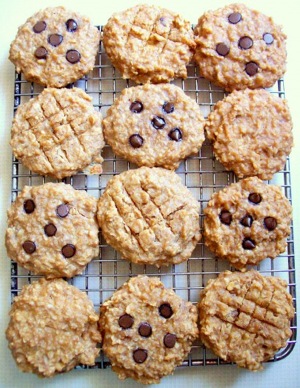March begins on FRIDAY! I don’t know about you, but I am ready for some spring weather, spring cleaning, and spring eating! February is just an all-around tough month for a lot of us: it’s the first full month after work starts up again after a nice winter break, it’s a hectic month for your kids in school and in sports, motivation runs low, and the weather tends to constantly dampen moods. But perk yourself up, because I can smell the beginning of spring! With a refreshing new season approaching, you may need some refreshing relaxation & reflection time, or even just a change of pace. For many of you, spring break (or its equivalent if you don’t have kids in school) is fast approaching. Whether travels are in your future or not, I cannot think of anything more refreshing than a nice, home-cooked meal that the entire family can enjoy. I was listening to the radio the other day while I was out running errands, and I heard a nice segment on the importance of getting the family all together for a meal a couple of times a week. I’ve experienced first-hand the wonders of a family dinner, for let’s admit, it’s a rarity that the entire family sits down for a meal together. Cherish these times. These meals are one time when you can learn what’s going on in everyone’s lives, when you can spark up a fun conversation, or just enjoy sweet company!
Sick of hearing “how was school? How was work? How are your friends?” Why not spark not only a good conversation but also your imagination with some fun questions?
- Where is your favorite place in the world? Why?
- How do you know when you are all grown up? Why?
- What would your life be like if there were no telephones?
- Name three things that you have never done that you one day hope to do?
We also love to play Beginner Dinner Games (Barnes N Nobles), the Healthy Eating Game (Pottery Barn Kids), or just say 3 encouraging words to each person at the table (this can get tricky with little ones… but always funny)!
Below are a few Ward family favorites recipes. Whip these up and you’re sure to have your family begging for more meals together! On anther note, even if you don't cook, just enjoying time together around the dinner table with a prepared meal is a great start to a HAPPY, HEALTHY FAMILY! I would love to hear your favorite dinner recipes!!
Clean Eating Baked Italian Ziti
(Makes 12 servings)
Ingredients
1 lb 100% whole wheat penne pasta, cooked
1 1/2 lbs lean, ground turkey
1 tbsp. olive oil
2 tablespoons dried basil
1 teaspoon dried oregano
1 tbsp. garlic powder
1 tbsp. onion powder
1 tsp. honey
1 tsp. balsamic vinegar
1/2 cup water
1 (15 oz.) can tomato sauce, no sodium is best
1 cup parmesan cheese
Directions
Step 1 – While the pasta cooks, in a large skillet, cook the turkey meat in the olive oil.
Step 2 – In a large mixing bowl, combine the basil, oregano, garlic powder, onion powder, honey, vinegar, water and tomato sauce.
Step 3 – Add the cooked pasta and the cooked meat to the tomato sauce and mix well.
Step 4 – Transfer to a baking dish and top with parmesan cheese.
Step 5 – Bake at 350 F. for about 20 minutes or until the cheese is melted.
Serve with Spinach Salad, Eat and Enjoy!
Friday night is Homemade Pizza & Movie night!
Let the kids make their own dough balls and roll out the pizza with the pin! Let them choose the topping for a craft and a delicous dinner you ALL can enjoy!
Ingredients (makes 6 mini pizzas or 2 full size) – cut this in half for small family!
- 2 pkgs (or 4 tsp) dry active yeast (or fast acting if you have starving little ones)
- 1 tsp sugar
- 3 1/2 cups (17.5 oz) flour (you can sub up to half whole wheat flour – I do ½ white & ½ 100 % white wheat), plus more for dusting
- 1 1/2 cups warm water
- 2 1/2 tsp salt
- 1 Tbsp olive oil, plus more for brushing crust
- Cornmeal, for dusting surface
Instructions
- Place water and sugar in the bowl of your stand mixer fitted with the dough hook and sprinkle the yeast over top.
- Let stand for 10 minutes - if your yeast doesn't swell or get frothy, buy new yeast.
- Add the olive oil, salt, and flour.
- With the mixer on low, mix until the dough comes together and mostly off the sides of the bowl (it will not come all the way off of the bottom). You can add flour by the tablespoon if necessary.
- Let the mixer run for 5 minutes to knead the dough. It should be smooth and slightly sticky.
- Turn the dough out onto a floured surface and divide in half and shape into a ball (each will weigh ~1 lb). This is enough to make 2 larg pizzas. We like to make individual pizzas, so I divide each half into 5-6 pieces and shape into balls.
- Lightly dust a plate with flour and place the balls of dough on top, seam-down.
- Sprinkle the top with flour, loosely cover with plastic wrap, and let rise 1 hour
- Place your pizza stone in the top 1/3 of the oven and preheat to 450, letting it hold at temperature for 30 minutes.
- Prepare your toppings: grate cheese, chop veggies, uncork the wine, etc.
- Very lightly flour your pizza stone (or a rimless baking sheet, or turn a rimmed baking sheet upside down and use the bottom)
- Gently stretch the dough into a round
- Place the dough onto the prepared peel or pan.
- Brush the outside ~1-inch perimeter with olive oil and then top as desired.
- Gently shake the pizza from the peel/pan to the baking stone and bake for 5-7 minutes. (During this time, I'm making the next individual pizza.)
- Remove the pizza from the oven, leaving the stone in place. Slice and serve. And enjoy. Immensely.
White Chicken Chili (see september 2012 blog post)
Blessings and please cherish that family dinner time!


![springtime-blossoms-wallpapers_5225_1280x1024[1]](http://static1.squarespace.com/static/5593f9aee4b0dd04d19d670a/55d8c19ee4b0b4656fe2b858/55d8c1e9e4b0b4656fe2c742/1361986173000/springtime-blossoms-wallpapers_5225_1280x10241.jpg?format=original)

![ziti-[1]](http://static1.squarespace.com/static/5593f9aee4b0dd04d19d670a/55d8c19ee4b0b4656fe2b858/55d8c1e9e4b0b4656fe2c745/1361986230000/ziti-1.jpg?format=original)
![home made pizza[1]](http://static1.squarespace.com/static/5593f9aee4b0dd04d19d670a/55d8c19ee4b0b4656fe2b858/55d8c1eae4b0b4656fe2c766/1361986329000/home-made-pizza1.jpg?format=original)



